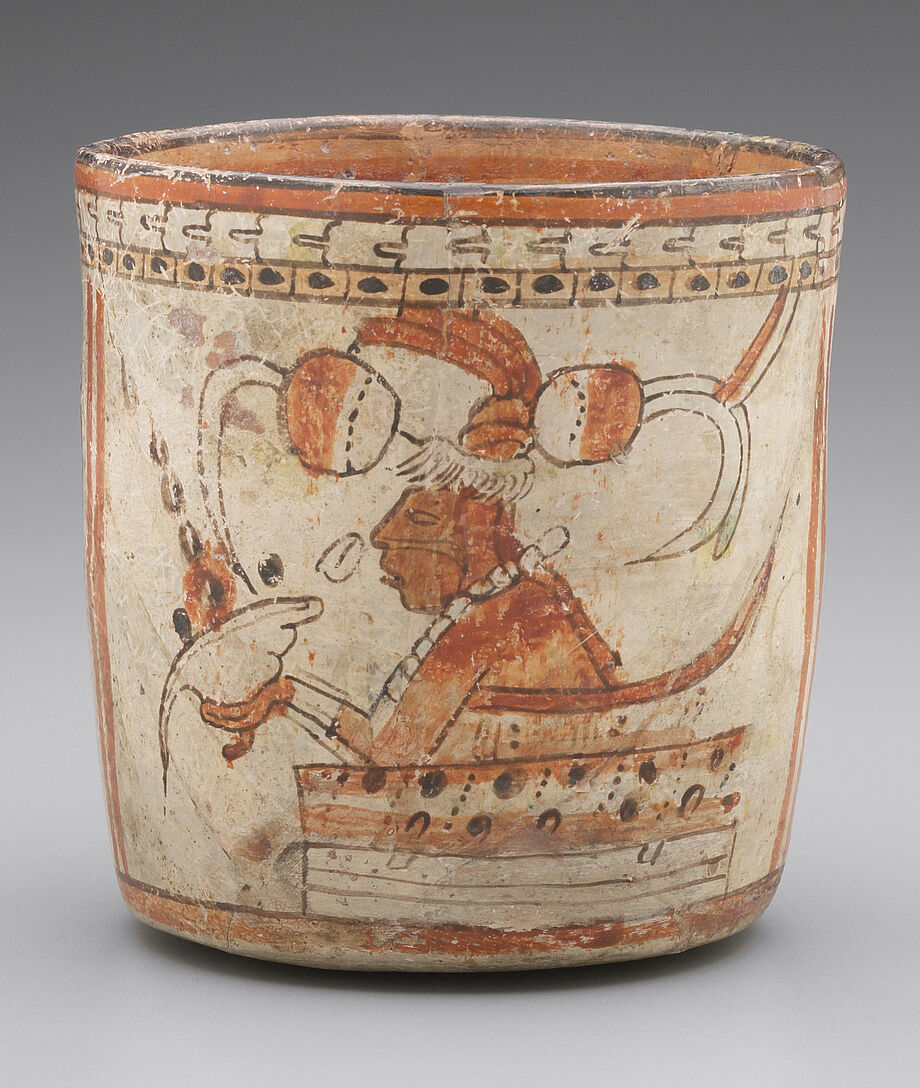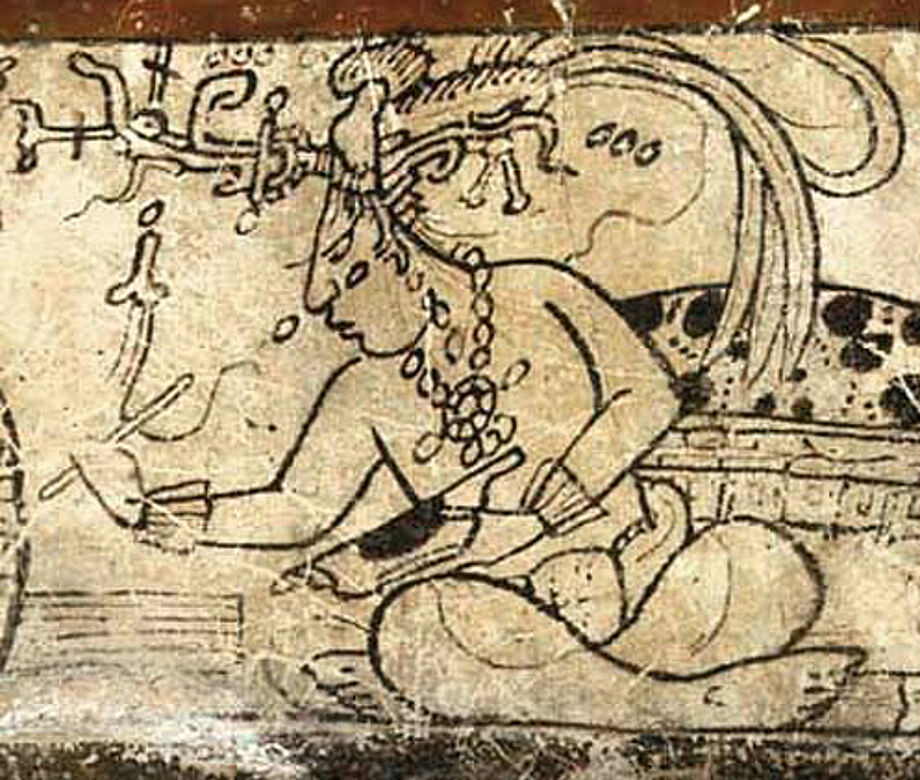Origin
The Central American high culture of the Mayan peoples developed since the 3rd millennium BC on the territory of today's Belize, northern Honduras, El Salvador, Guatemala and southern Mexico. The Maya were mainly farmers who cultivated corn, beans and pumpkins. In the 1st millennium B.C. the first cities were built, where noble families and kings ruled. Temples and palaces were built, trade was conducted and war was waged.
The Mayan civilization experienced its greatest flourishing in the classical period between 250 and 900 AD. It was characterized by the splendid court of the godlike rulers of the rival city-states such as Tikal, Calakmul and Cobán, art and craftsmanship of the highest level, exact recording of historical data and remarkable achievements in the fields of mathematics, calendar calculation and astronomy.
In the 10th century, for unknown reasons, there was a decline of civilization in the southern settlement areas. Only in the centres in the north of the Yucatán peninsula such as Chichén Itzá and Mayapán the classical Maya culture continued to live on under foreign influences. This post-classical period ended in 1521 with the colonization by the Spanish.
The earliest known evidence of the Mayan script dates back to the 3rd century BC. More than 8,000 written documents are known, mainly stone stelae and architectural elements as well as ceramic vessels. Only four of the codices, folded books made of bark bast paper, which were mostly used and kept in the temples, have been preserved from destruction by Spanish conquistadors and missionaries (today kept in Dresden, Madrid, Mexico City and Paris).
The "Codex Dresdensis" (today's shelf mark: Mscr.Dresd.R.310) due to the language, the style of the hieroglyphs and pictures, the deities and vessel forms depicted, was probably created in the north or northeast of Yucatán later post-classical period of Maya culture (ca. 1300-1521), probably after a model from the classical period.


